See also
- Sisters of Saint Elizabeth, a Roman Catholic religious institute
- Elizabeth Cross, British military award
- Elizabeth of Hungary
The Order of Elizabeth was a female order of merit in Austria-Hungary.
Order of Elizabeth or Elisabeth may also refer to:
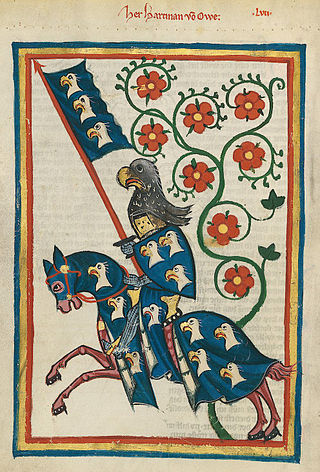
A knight is a person granted an honorary title of knighthood by a head of state or representative for service to the monarch, the church or the country, especially in a military capacity.

Franz Joseph I or Francis Joseph I was Emperor of Austria, King of Hungary, and the ruler of the other states of the Habsburg monarchy from 2 December 1848 until his death in 1916. In the early part of his reign, his realms and territories were referred to as the Austrian Empire, but were reconstituted as the dual monarchy of the Austro-Hungarian Empire in 1867. From 1 May 1850 to 24 August 1866, he was also president of the German Confederation.
Queen Elizabeth, Queen Elisabeth or Elizabeth the Queen may refer to:

Philippe is King of the Belgians. He is the eldest child of King Albert II and Queen Paola. He succeeded his father upon the former’s abdication for health reasons on 21 July 2013. He married Mathilde d'Udekem d'Acoz in 1999, with whom he has four children. Their eldest child, Princess Elisabeth, is first in the line of succession.
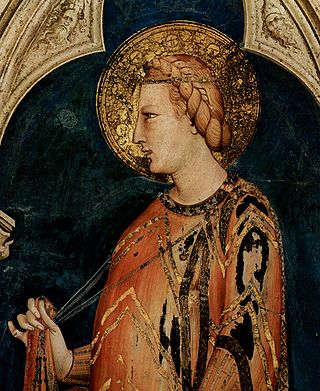
Elizabeth of Hungary, also known as Elisabeth of Thuringia, was a princess of the Kingdom of Hungary and the landgravine of Thuringia.
The fount of honour is a person, who, by virtue of their official position, has the exclusive right of conferring legitimate titles of nobility and orders of chivalry on other persons.
Princess Elizabeth or Princess Elisabeth may refer to:

The Order of Saint Lazarus of Jerusalem, also known as the Leper Brothers of Jerusalem or simply as Lazarists, was a Catholic military order founded by Crusaders during the 1130s at a leper hospital in Jerusalem, Kingdom of Jerusalem, whose care became its original purpose, named after its patron saint, Lazarus.

Elizabeth of Luxembourg was queen consort of Hungary, queen consort of Germany and Bohemia.
A dynastic order, monarchical order, or house order is an order under royal patronage. Such an order is bestowed by, as a legitimate fons honorum, a sovereign or the head of a once-sovereign ruling family. These are often considered part of the cultural patrimony of the ruling family. Dynastic orders were often founded or maintained to reward service to a monarch or their subsequent dynasty.

An order of chivalry, order of knighthood, chivalric order, or equestrian order is an order of knights, typically founded during or inspired by the original Catholic military orders of the Crusades and paired with medieval concepts of ideals of chivalry.
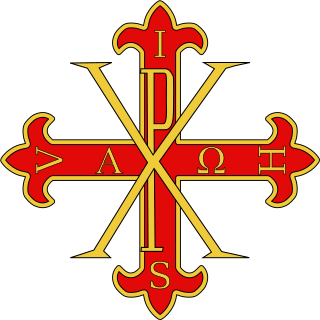
The Sacred Military Constantinian Order of Saint George, also historically referred to as the Imperial Constantinian Order of Saint George and the Order of the Constantinian Angelic Knights of Saint George, is a dynastic order of knighthood of the House of Bourbon-Two Sicilies. Currently, the grand magistry of the order is disputed among the two claimants to the headship of the formerly reigning House of Bourbon-Two Sicilies as heirs of the House of Farnese, namely Prince Pedro and Prince Carlo. The order was one of the rare orders confirmed as a religious-military order in the papal bull Militantis Ecclesiae in 1718, owing to a notable success in liberating Christians in the Peloponnese. Together with the Sovereign Military Order of Malta, it is one of a small number of Catholic orders that still have this status today. It is not an order of chivalry under the patronage of the Holy See, but its membership is restricted to practising Catholics.

The Order of the Immaculate Conception of Vila Viçosa is a dynastic order of knighthood of the House of Braganza, the former Portuguese Royal Family. The current Grand Master of the Order is Duarte Pio, Duke of Braganza, the Head of the House of Braganza.
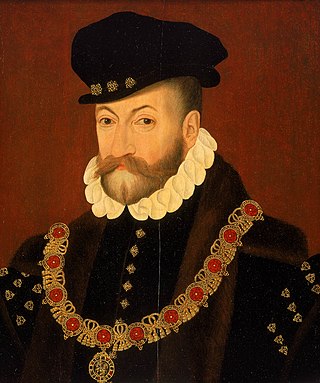
A collar, also known as collar of an order, is an ornate chain, often made of gold and enamel, and set with precious stones, which is worn about the neck as a symbol of membership in various chivalric orders. It is a particular form of the livery collar, the grandest form of the widespread phenomenon of livery in the Middle Ages and Early Modern Period. Orders which have several grades often reserve the collar for the highest grade. The links of the chain are usually composed of symbols of the order, and the badge of the order normally hangs down in front. Sometimes the badge is referred to by what is depicted on it; for instance, the badge that hangs from the chain of the Order of the Garter is referred to as "the George".

Regina von Habsburg, also known by the traditional royal title of Archduchess Regina of Austria, was a German-born Austrian social worker. She was a member of the House of Wettin by birth and married to Otto von Habsburg, the last heir of the Austro-Hungarian Empire.

Prince Franz of Bavaria was a member of the Bavarian Royal House of Wittelsbach and a Major General in the Bavarian Army.

The Order of Saint Elizabeth was an chivalric and charitable order for women in the Electoral Palatinate and the Kingdom of Bavaria.

The Royal Order of Saint Hubert, or sometimes is a Roman Catholic dynastic order of knighthood founded in 1444 or 1445 by Gerhard VII, Duke of Jülich-Berg. He sought to commemorate his victory over the House of Egmond at the Battle of Linnich on 3 November, which is Saint Hubert's day.
The orders, decorations, and medals of the Holy See include titles, chivalric orders, distinctions and medals honoured by the Holy See, with the Pope as the fount of honour, for deeds and merits of their recipients to the benefit of the Holy See, the Catholic Church, or their respective communities, societies, nations and the world at large.
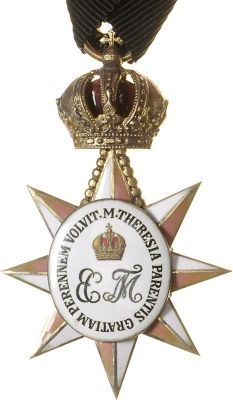
The Imperial and Royal Decoration of Elizabeth and Theresa was a decoration of the Austro-Hungarian Empire, created in 1750 by Empress Consort Elizabeth Christine in her testament. It was later revised in 1771 by her daughter Empress Maria Theresa I, Holy Roman Empress, as the Elizabetho-Theresian Military Foundation.